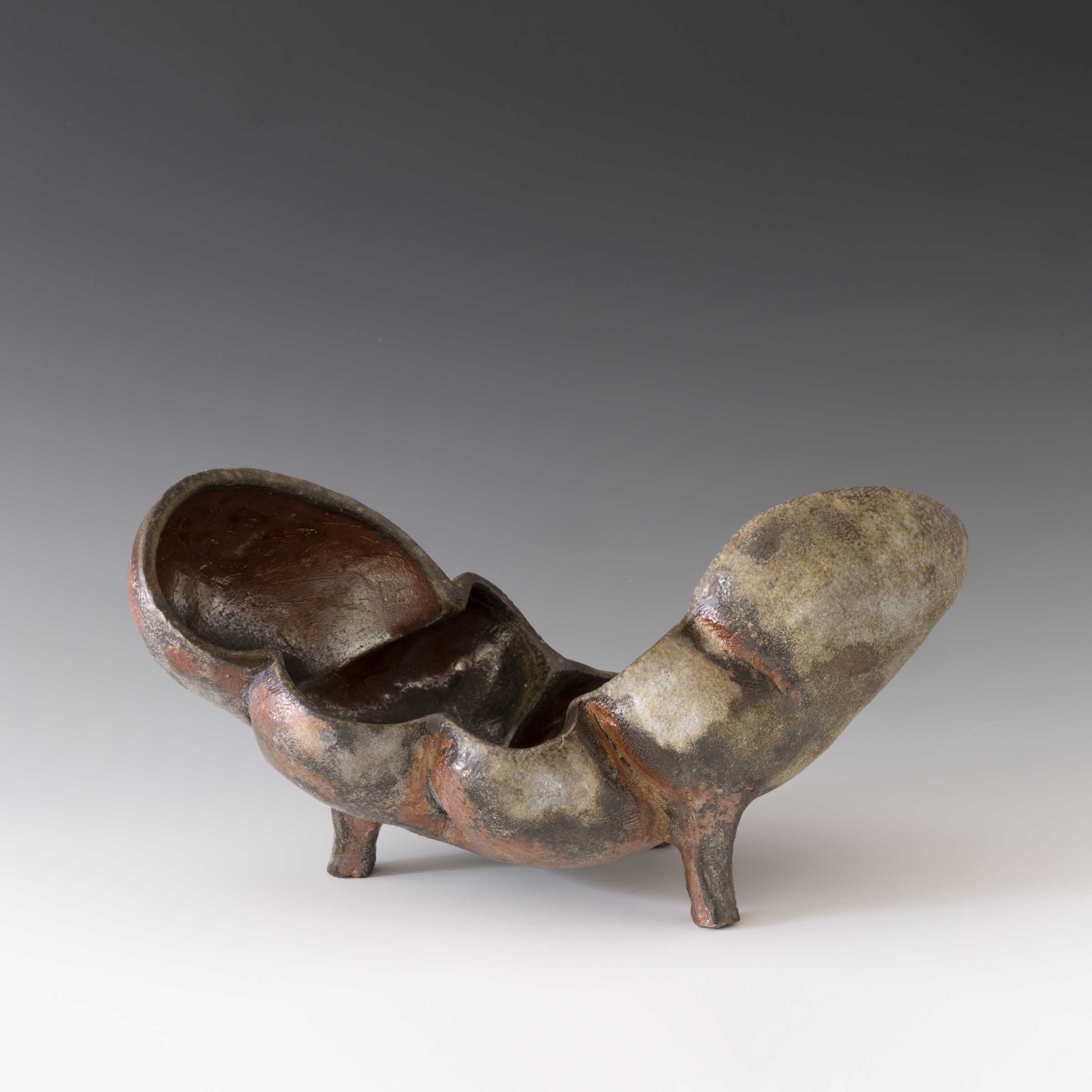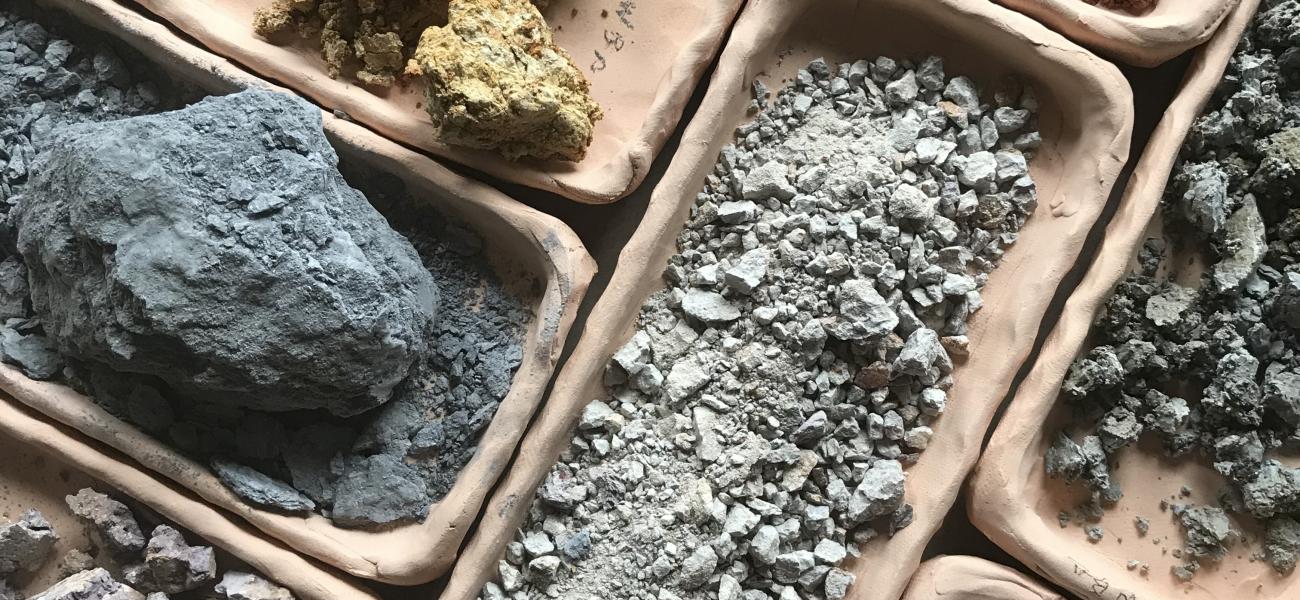 In the poem “The Way It Is” by William Stafford he writes, “there is a thread you follow, it goes among things that change, but it doesn’t change.” With those words in mind, I can look as far back as my teenage years to remember several family outings to beaches in Long Island (New York) where I was exploring cliffs that had veins of clay. After swimming I made sandy pinch pots and dreamed of firing them in our driftwood bonfires.
In the poem “The Way It Is” by William Stafford he writes, “there is a thread you follow, it goes among things that change, but it doesn’t change.” With those words in mind, I can look as far back as my teenage years to remember several family outings to beaches in Long Island (New York) where I was exploring cliffs that had veins of clay. After swimming I made sandy pinch pots and dreamed of firing them in our driftwood bonfires.
As my clay education progressed and I became interested in wood firing, my soon to-be husband and studio partner, Warren Frederick, began helping Rob Barnard fire his anagama. It was 1983 and, at that time, we were using a mix of Porter and Jordan as a clay body. It was a very smooth, tight ball clay body that shrank dramatically. It had a tendency to crack, but accepted the ash in the wood kiln with a deep grace. Curious about where the clay came from and what we could learn, we made trips to the mine on Route 40 north of Baltimore several times. It turned out that Porter and Jordan themselves were mixtures intended to rein in raw clays of greater more variable character. I remember talking to one of the managers, describing historical Japanese woodfired pots, when he asked, “Do they have clay in Japan?” He had a deep knowledge of his particular clay pit – the machinery needed to dig, air float, and bag clay for large-scale industrial uses. He was less informed in artistic, historical, or geographic dimensions.


